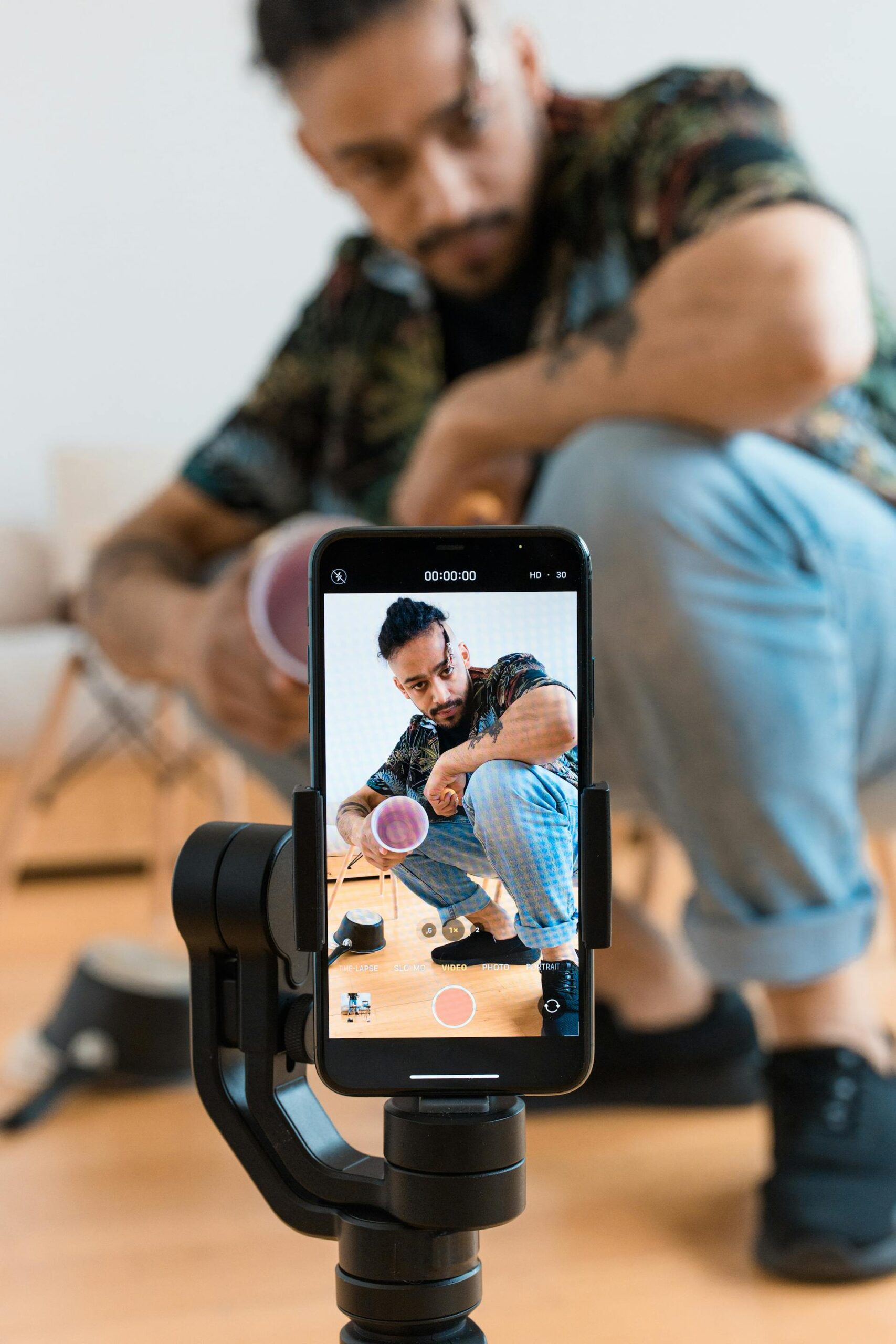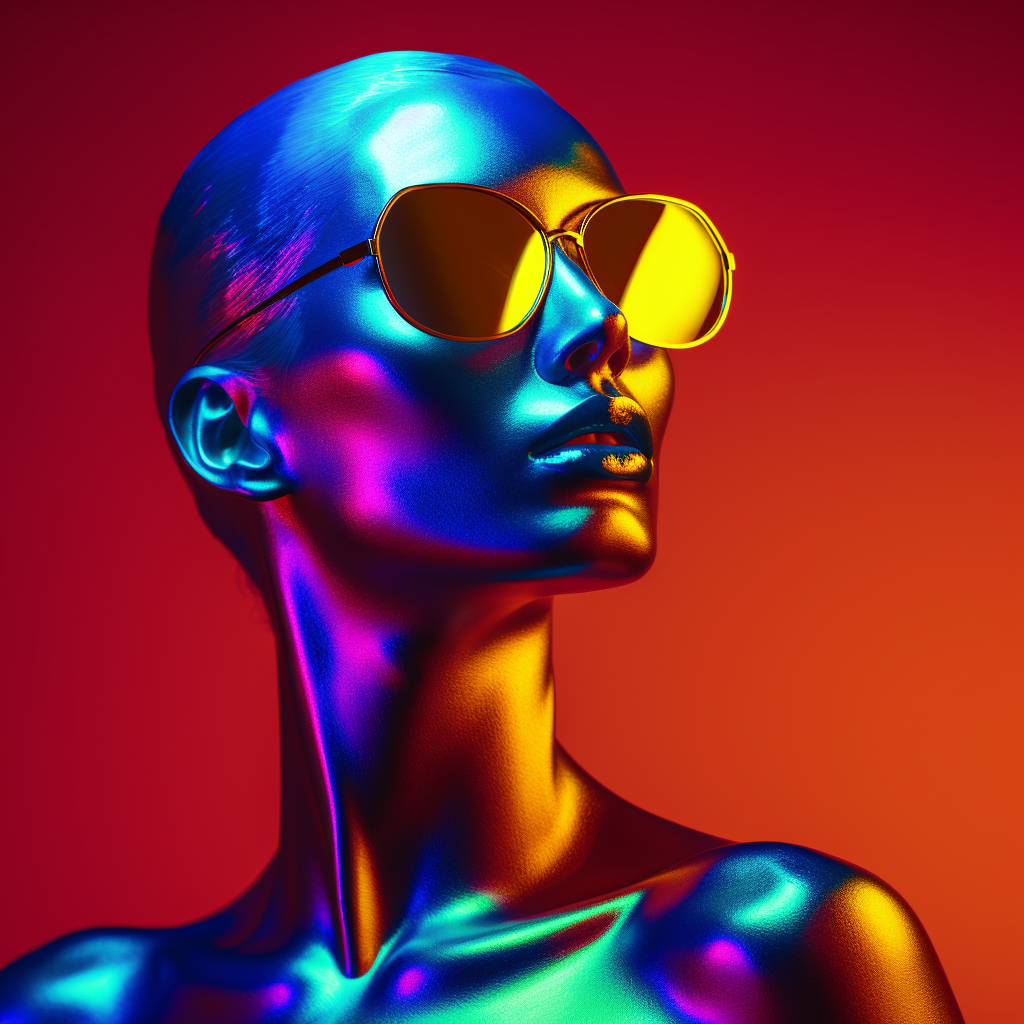In a move to enhance AI transparency, YouTube has announced a new feature allowing creators to self-label when their videos contain AI-generated or synthetic content. This initiative aims to provide viewers with clear information about the nature of the content they’re consuming.
During the uploading and posting process, creators will encounter a checkbox that requires them to disclose any “altered or synthetic” content that appears realistic. This includes scenarios such as making a real person say or do something they didn’t, altering footage of real events and places, or showcasing a “realistic-looking scene” that didn’t actually occur. Examples provided by YouTube include depicting a fake tornado moving toward a real town or using deepfake voices to have a real person narrate a video.
However, not all forms of digital manipulation will require disclosure. Beauty filters, special effects like background blur, and “clearly unrealistic content” such as animation will be exempt from the AI-generated synthetic content labeling requirement.
YouTube’s AI-Generated and Synthetic Content Label: A Call for Creator Honesty
This new feature places the responsibility on creators to honestly disclose AI-generated synthetic content in their videos. As platforms like YouTube grapple with the increasing prevalence of AI-generated media, such labeling measures aim to maintain transparency and trust with viewers.
In November 2022, YouTube detailed its AI-generated content policy, establishing strict rules to protect music labels and artists, while maintaining looser guidelines for other creators. While deepfake music can be taken down by artists’ labels if they object, the process for average users to remove deepfaked content remains more complex, requiring privacy request forms subject to review.
YouTube acknowledges the challenges of relying solely on creator disclosures and states that it may add AI disclosure labels to videos even if the uploader hasn’t done so, especially for sensitive topics like health, elections, and finance.
As AI-generated synthetic content becomes more prevalent, platforms like YouTube are taking steps to ensure viewers can make informed decisions about the media they consume.



